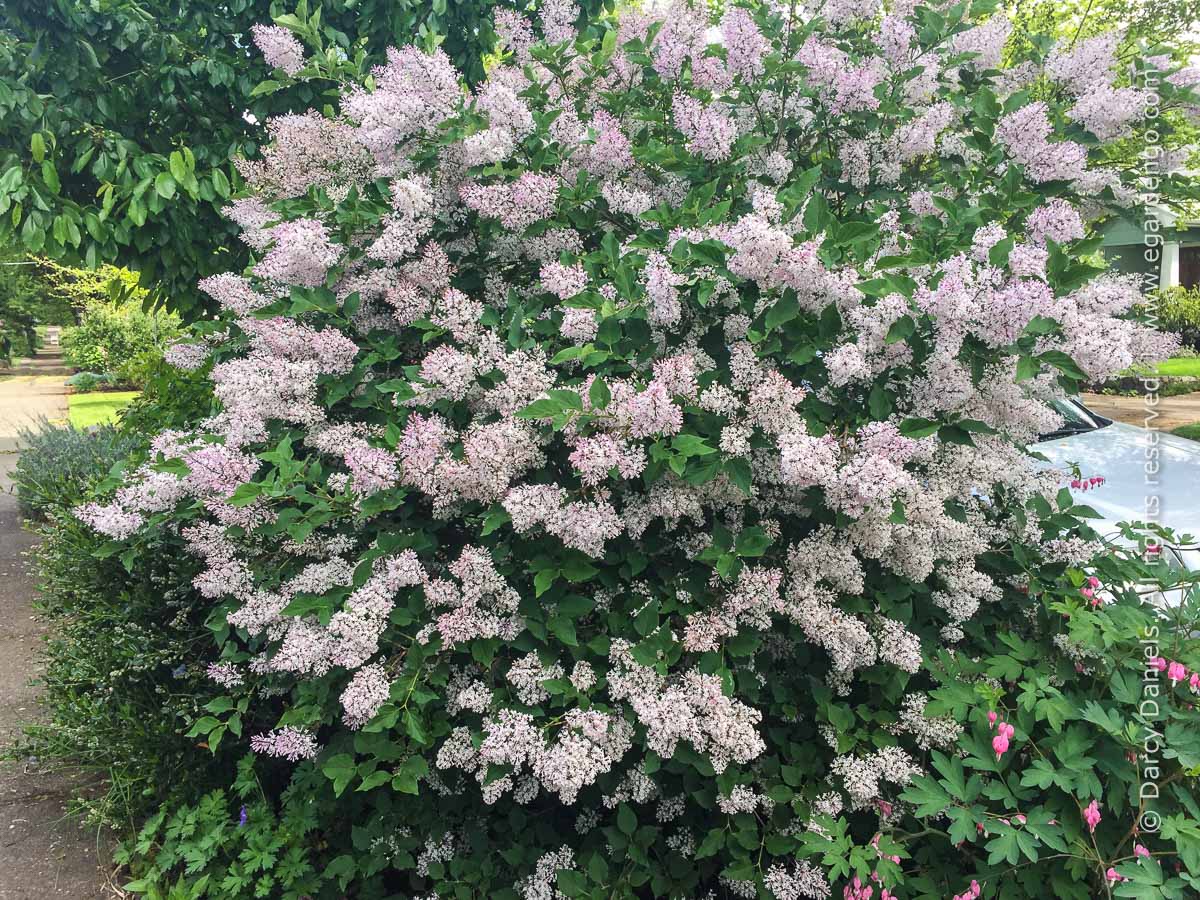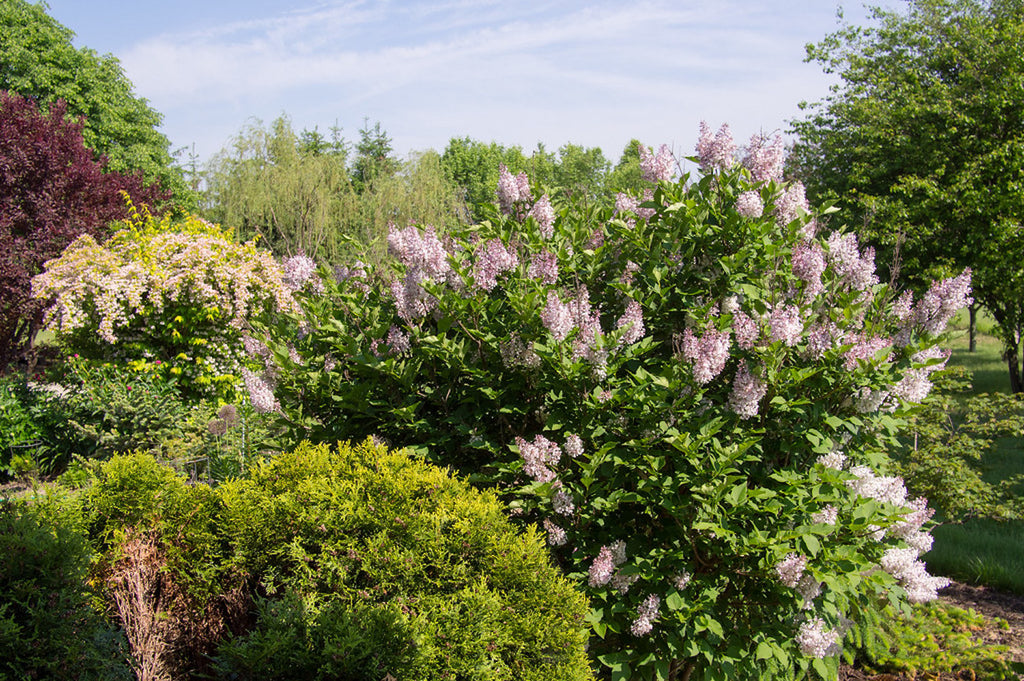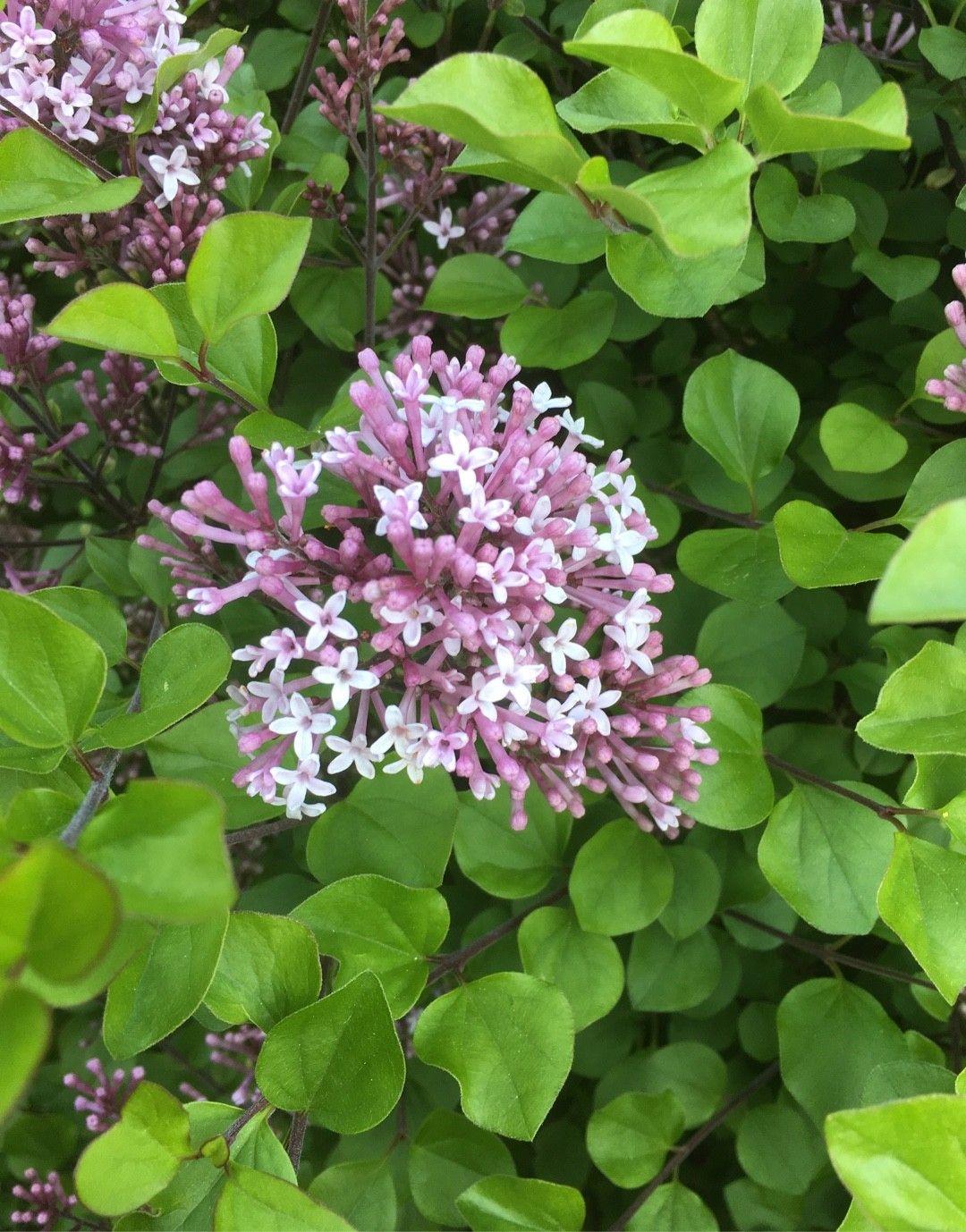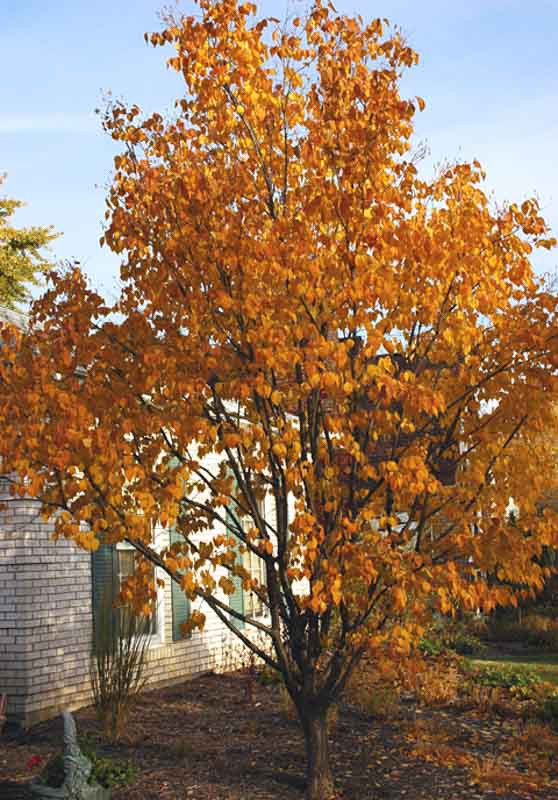Syringa Pubescens: The Best Lilac For Your Garden
Title: Syringa pubescens: The Best Lilac for Your Garden
Introduction:
Lilacs are a popular choice for gardeners because of their beautiful flowers and fragrant scent. There are many different varieties of lilacs available, but one of the best for gardens is Syringa pubescens.
Syringa pubescens is a deciduous shrub that is native to Asia. It is known for its small, delicate leaves and its large, fragrant flowers. The flowers of Syringa pubescens can be white, pink, lavender, or purple. They bloom in late spring, and the flowers can last for up to two weeks.
In addition to its beautiful flowers, Syringa pubescens is also a low-maintenance plant. It is drought-tolerant and resistant to pests and diseases. Syringa pubescens is also a relatively fast grower, so it will quickly fill out a space in your garden.
Main Content:
Here are some of the benefits of planting Syringa pubescens in your garden:
- Beautiful flowers: Syringa pubescens has large, fragrant flowers that bloom in a variety of colors.
- Low-maintenance: Syringa pubescens is a low-maintenance plant that is drought-tolerant and resistant to pests and diseases.
- Fast-growing: Syringa pubescens is a fast-growing plant that will quickly fill out a space in your garden.
- Attracts pollinators: The flowers of Syringa pubescens attract pollinators such as bees and butterflies.
- Deer resistant: Syringa pubescens is deer resistant, so you don't have to worry about deer eating your plants.
If you are looking for a beautiful, low-maintenance, and deer-resistant plant for your garden, then Syringa pubescens is a great choice.
Here are some specific varieties of Syringa pubescens that you may want to consider:
- Syringa pubescens subsp. patula 'Miss Kim': This variety is known for its lavender-blue flowers. It is a compact shrub that grows to be about 6 feet tall and wide.
- Syringa pubescens subsp. microphylla 'Superba': This variety is known for its rosy-pink flowers. It is a spreading shrub that grows to be about 5 feet tall and 10 feet wide.
- Syringa pubescens subsp. patula 'Bloomerang': This variety is known for its reblooming habit. It blooms in late spring and then again in late summer or early fall.
Conclusion:
Syringa pubescens is a beautiful, low-maintenance, and deer-resistant plant that is a great choice for gardens. If you are looking for a plant that will add beauty and fragrance to your garden, then Syringa pubescens is a great option.
littleleaf lilac
FAQ of syringa pubescens
- What is Syringa pubescens?
- Syringa pubescens, also known as the Siberian lilac, is a deciduous shrub or small tree native to eastern Asia. It is prized for its fragrant white or pinkish flowers, which bloom in late spring or early summer.
- How tall does Syringa pubescens grow?
- Syringa pubescens can grow up to 20 feet tall, but is typically shorter.
- Where does Syringa pubescens grow best?
- Syringa pubescens prefers full sun and well-drained soil. It is hardy in zones 4-8.
- How do I care for Syringa pubescens?
- Syringa pubescens is a relatively easy plant to care for. Water it regularly during the growing season, and fertilize it once a year in the spring. Prune it in late winter or early spring to remove dead or diseased branches.
- What are some common pests and diseases of Syringa pubescens?
- Syringa pubescens is susceptible to a few pests and diseases, including aphids, powdery mildew, and lilac borers. These pests and diseases can be controlled with insecticidal soap, fungicides, or other appropriate treatments.
- What are some uses for Syringa pubescens?
- Syringa pubescens is a popular ornamental plant, and is often used in landscaping. It can also be used to make essential oils, and its flowers can be used to make tea.
- Are there any fun facts about Syringa pubescens?
- The straight, sturdy stems of Syringa pubescens were once used by Native Americans to make arrows, pipe stems, and combs. The flowers of Syringa pubescens are also a food source for quail, deer, and elk.
Image of syringa pubescens
10 different images of Syringa pubescens that are free to use:
Close-up of a single Syringa pubescens flower. The flower is a pale lavender color with a white center. The petals are delicate and slightly ruffled.

A cluster of Syringa pubescens flowers. The flowers are arranged in a loose cluster. The color of the flowers is a deeper lavender than the single flower.

A mature Syringa pubescens tree in full bloom. The tree is covered in lavender flowers. The leaves are a dark green color.

A young Syringa pubescens tree in leaf. The tree is about 10 feet tall. The leaves are a dark green color. The branches are slender and graceful.

A Syringa pubescens tree in fall. The leaves of the tree have turned a golden yellow color. The flowers are no longer visible.

A Syringa pubescens tree in winter. The tree is bare of leaves. The branches are a dark brown color.

A close-up of the leaves of a Syringa pubescens tree. The leaves are a dark green color. They are oval-shaped and have a serrated edge.

A close-up of the bark of a Syringa pubescens tree. The bark is a dark brown color. It is smooth and has a slightly rough texture.

A Syringa pubescens tree in a garden setting. The tree is surrounded by other flowering plants. The flowers of the Syringa pubescens tree are the dominant color in the garden.

A Syringa pubescens tree as a focal point in a landscape. The tree is planted in the center of a lawn. The flowers of the Syringa pubescens tree are the focal point of the landscape.

Post a Comment for "Syringa Pubescens: The Best Lilac For Your Garden"